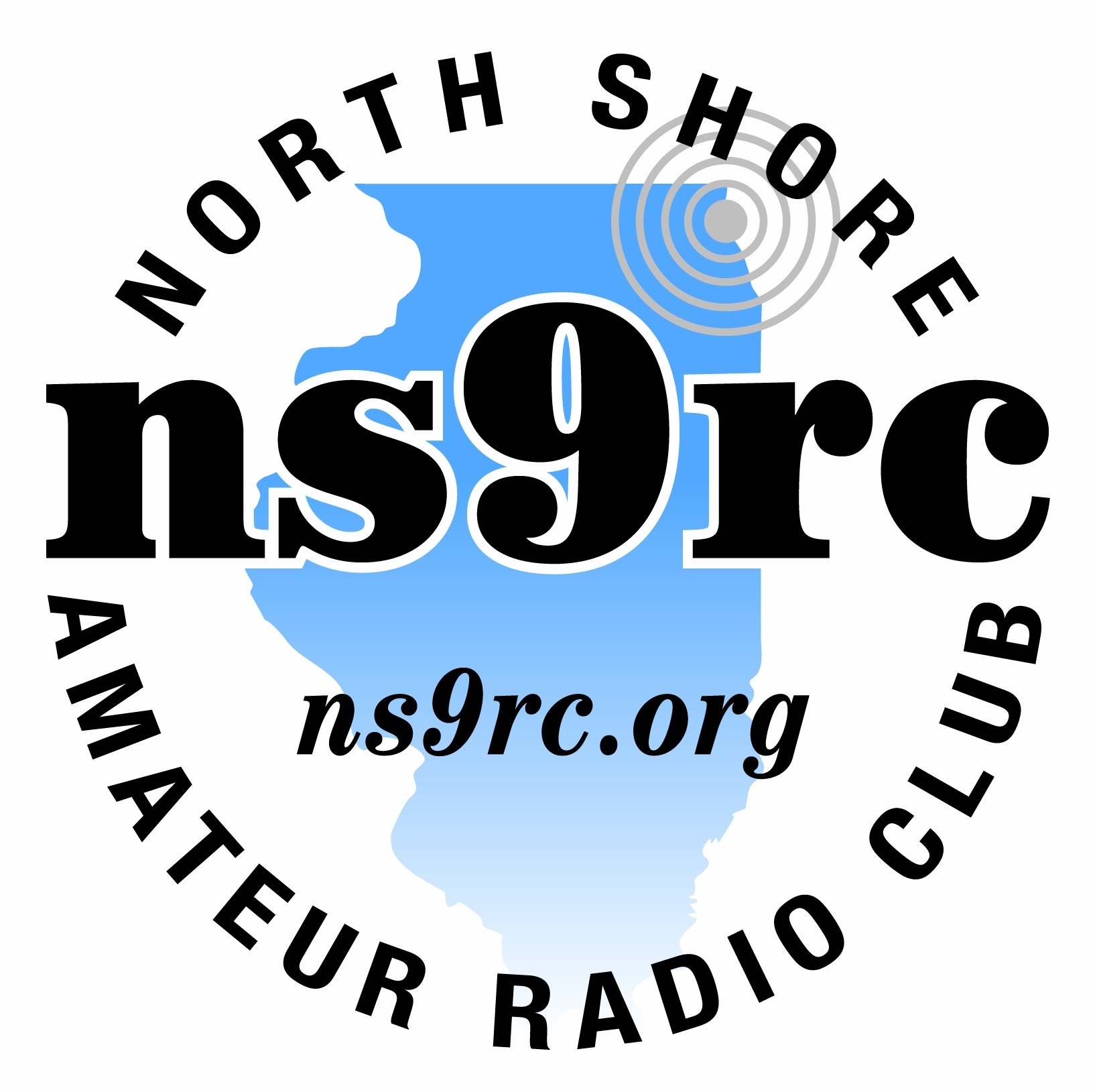The ham in the neighborhood
Every so often I get a call from Ron Steinberg, K9IKZ, to join him on some adventure or other. Couple weeks back, Ron called and said he was holed up at Meier’s Tavern in Glenview and invited me to join him. It was 3 p.m. Too late for lunch and too early for dinner, but what the heck, it was winter in Chicago, cold and blustery, so I took off to join him. Oddly, when I arrived, the place was pretty full. In fact, initially, I could not even find him. He was buried in the back corner nursing a beer and hiding behind two huge plastic tubes. In fact, he was so ensconced that he couldn’t even get up to shake my hand. He pulled box number one down and said, “This is not for today…this is all about the Enigma machine.”
Now, you have to understand Ron is a collector of all manner of interesting things, largely history, especially history of technology. Many might not know that Chicago at one point was the epicenter of a pretty robust electronics industry, including Ron’s favorite subject, Western Electric. Western Electric used to produce all of the phones and phone equipment for the country. They had an enormous factory in Cicero, Illinois that was shuttered in the 70’s or 80’s. Ron collected many of the old publications from the company, because, like many things, corporations don’t have the resources to save their own history. Well, among the incredible gems that he pulled out was a small story book on the Eastland Disaster, Chicago’s biggest nautical disaster. All of the people on that boat were Western Electric families, off for an afternoon company picnic. The boat was poorly loaded and flipped over in the Chicago River. Well, most of the photos in this book were from Ron’s collection. It was fascinating (and made even more interesting because later that week a university grad student discovered some original newsreel footage of the disaster while digging through some old Dutch newsreels. What a wild find.) Anyway, this book was not the main event. Such is an audience with Ron Steinberg. This was the appetizer.
Next Ron started to tell the story of how he became a ham…and what motivated him to even consider ham radio. Some of the mystery I understand, having been born in the 50’s, I too was caught up in the “Radio Boys” phenomenon. Turns out, there was a neighbor of his who had an enormous tower in his back yard. Thus began the story of W9CNN. As a youth, Ron would walk by this gentleman’s house and press his nose up to the living room window. Inside the window he would see an amazing array of electronic cabinets…I mean it literally filled the entire room. It looked like a broadcast center, yet it was an amateur radio station. Having had similar experiences myself with similar stations, I can only share his excitement. It was truly dazzling and even more spectacular that it was all crammed into the living room of a house. Well, seeing this station really fired up Ron’s imagination and piqued his interest. Turns out there were several others in his old “hood” that had similar stations.
Well, as things go, Ron never met W9CNN. W9CNN died at an early age and life goes on. One day, emboldened as we often get in our advanced ages, Ron introduced himself to the widow. Now, I had a few beers by now, so the story might have gotten a little fuzzy, but he explains to the lady how he would go past their house when he was younger and how this station got him into the hobby. So moved by his story, she gave Ron all of W9CNN’s station logs and QSL cards. We spend almost an hour going through the cards. It was fascinating to see all of the people he worked – what bands they used, what power and antennas he deployed, and the friendships that developed. Hams from all over the US and Europe were in the collection. The most interesting cards were the SWL cards. In those days, if you heard a station, you could send that ham a report card that showed you had heard them at your location. Your card was for confirmation and signal report. I have heard from others that this practice was often the way new hams got into the hobby – by listening first. Well, the cards really told the story of the early days of our hobby. It was a gentleman’s sport, whose spirit continues today. I mention all of this today, because in this era of digital QSLing, we are losing some of the intimacy that the cards provided. In many ways, we should not lose sight of what this hobby is really about: connecting with other likeminded people. Making friends and sharing stories.
Thanks, Ron for sharing yours with me.
Rob K9RST
